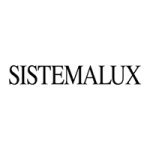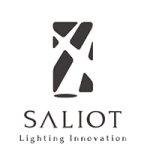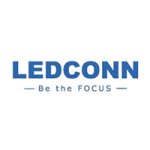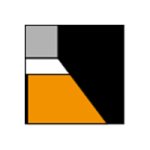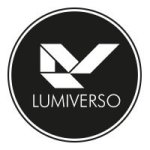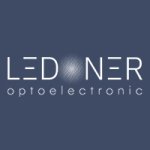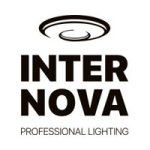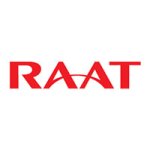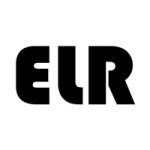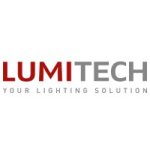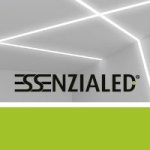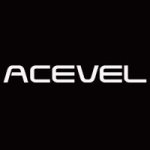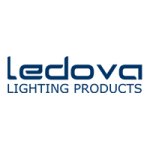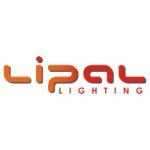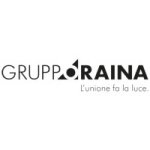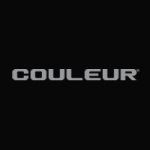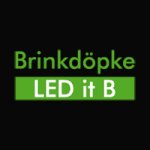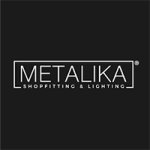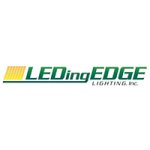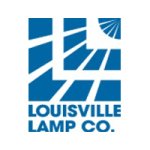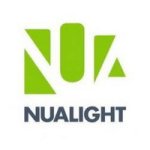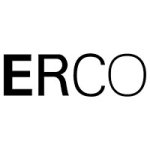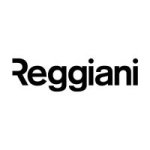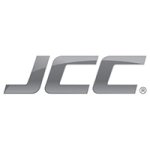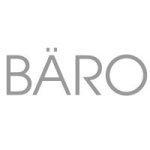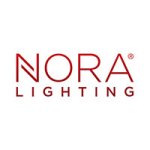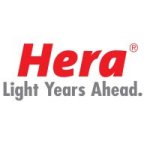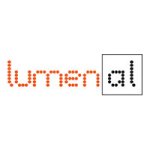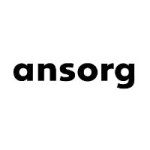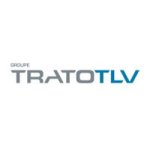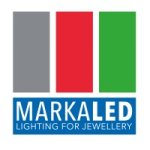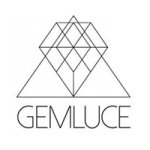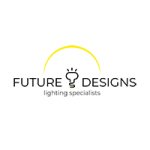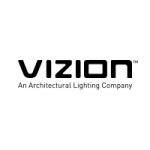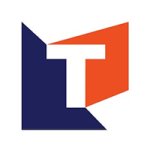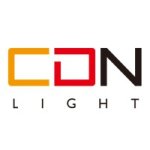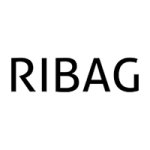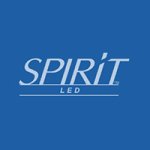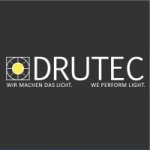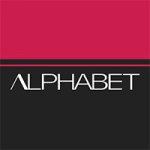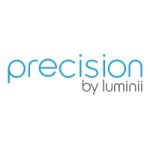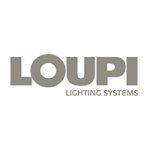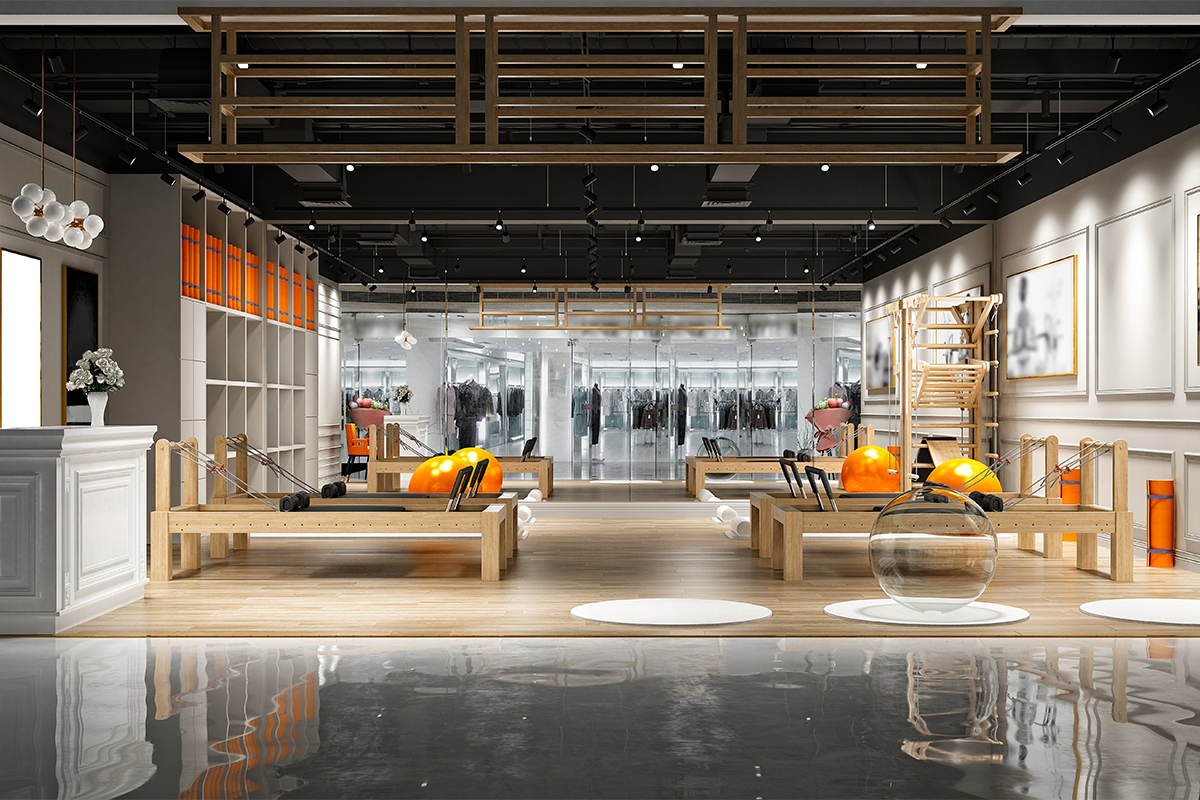
Retail store lighting serves to enhance the shopping experience, showcase products, and contribute to the overall ambiance of the store. The goal is to create an inviting and visually appealing atmosphere that not only attracts customers but also influences their perception of the products and brand. Adequate lighting helps customers navigate the store, locate products, and make informed purchase decisions. Properly illuminated spaces reduce eye strain and enhance the overall shopping experience, encouraging customers to spend more time in the store. The ambiance of a retail store is heavily influenced by lighting. Warm lighting creates a cozy and inviting atmosphere, while cooler lighting may convey a more modern and energized feel. The choice of lighting color temperature contributes to the overall mood and brand image. Different types of lighting fixtures, such as spotlights, track lights, and display case lighting, are strategically placed to highlight specific products or merchandise. This accent lighting draws attention to key items, emphasizes their features, and creates focal points within the store. Lighting is used to define different zones and departments within the store. Varied lighting designs can help delineate areas for apparel, accessories, beauty products, and other categories. This zoning enhances the overall organization and visual appeal of the store. Dimmable lights, adjustable fixtures, and programmable lighting controls allow retailers to adapt the lighting according to different times of day, seasons, or specific promotions.
Successful retail lighting is a strategic approach to illuminating a store that goes beyond mere functionality. It aims to create a unique shopping environment that not only attracts consumers but also entices them to enter the store, engage with products, and communicates the personality of the brand. Well-designed and inviting exterior lighting, including window displays and entrance lighting, attracts attention and encourages passersby to explore what the store has to offer. Thoughtful use of lighting, such as accent lighting on key displays, creates visual cues and encourages customers to explore different sections of the store. Retailers strategically use lighting to draw attention to specific areas or products they want to showcase. This may include highlighting new arrivals, special promotions, or featured merchandise. Accent lighting, spotlights, and focused illumination play a crucial role in this aspect. The ambiance of a store is greatly influenced by the type of lighting used. Successful retail lighting is designed to create a unique atmosphere that aligns with the brand's image. Visual merchandising relies heavily on lighting to tell a story and create an appealing display. Effective lighting emphasizes the colors, textures, and details of products, making them more visually appealing and enticing to customers. Flexible lighting designs allow retailers to adapt to different seasons, holidays, or promotional themes. The ability to change lighting colors, intensities, or patterns enables the store to stay dynamic and fresh, captivating customers with new and relevant displays. By creating a unique shopping environment, retail lighting contributes to the overall success of the store by attracting customers, encouraging exploration, and reinforcing the brand identity.
Retail lighting encompasses various types of techniques to create a visually appealing and functional shopping environment. Ambient lighting provides overall illumination throughout the store. It sets the general mood and ensures that the space is adequately lit for customers to navigate comfortably. Ceiling-mounted fixtures, recessed lights, and surface-mounted fixtures are commonly used for ambient lighting. Accent lighting is used to highlight specific products, displays, or areas within the store. It draws attention to key focal points, emphasizing merchandise and creating visual interest. Track lighting, spotlights, and adjustable fixtures are often employed for accent lighting. Task lighting is designed to illuminate specific work or activity areas within the store. This includes areas like checkout counters, fitting rooms, and workstations. Task lighting ensures that employees can perform their duties effectively, and customers can engage in specific tasks comfortably. Display case lighting is used to illuminate products within cabinets or showcases. LED strips, puck lights, or small spotlights are commonly employed to highlight jewelry, watches, electronics, or other valuable items. Shelf lighting is used to highlight products on shelves or racks. Window display lighting is crucial for attracting customers from outside. This type of lighting should be eye-catching and designed to showcase featured products. The combination of these types of retail lighting creates a layered and dynamic lighting design that enhances the shopping experience, highlights merchandise, and contributes to the overall brand image.
The adoption of LED technology in retail lighting opens up a world of possibilities. Retailers can leverage the technology to enhance store aesthetics, improve visibility of merchandise, reduce operational costs, and contribute to a more sustainable and appealing shopping environment. LED lights are highly energy-efficient compared to traditional lighting sources. This efficiency results in lower energy consumption, reducing electricity costs for retailers. Their longevity contributes to reduced maintenance costs for retailers, creating a more sustainable and cost-effective lighting solution. The flexibility of LED technology in lighting design provides retailers with a wide range of options to create custom and visually appealing lighting solutions. The directional illumination of LEDs in retail lighting provides a powerful tool for retailers to enhance the presentation of merchandise, create focal points, guide customers through the store, and achieve overall visual appeal. Unlike traditional lighting sources, LEDs emit very little UV radiation. In a retail setting, the absence of UV radiation is particularly advantageous for preserving the color and integrity of merchandise, especially for items displayed in storefronts or under direct lighting. LED lights produce light without emitting significant amounts of infrared radiation. This is particularly important for items displayed under direct lighting, such as clothing, artwork, or cosmetics. The wide spectrum of color options provided by LED technology empowers retailers to customize their lighting designs to align with brand identity, highlight specific products, create desired atmospheres, and adapt to different themes or occasions. LED lights easily integrates with smart lighting systems. This adaptability enables retailers to implement advanced controls, such as dimming, scheduling, and remote management. Smart lighting solutions enhance energy efficiency and provide greater control over the retail lighting environment.
The diversity of LED lights in retail lighting ensures that retailers have a versatile toolkit to create effective and aesthetically pleasing lighting designs. Whether it's for general illumination, accentuating specific products, or adding a decorative touch, the various forms of LED lights offer flexibility and adaptability to the diverse needs of retail environments. LED track lights are commonly used for highlighting specific merchandise, creating focal points, and accentuating displays. Recessed LED lighting enables architectural integration for a cohesive design that doesn't interrupt the visual flow of the retail environment. LED downlights are commonly used for general ambient lighting or to spotlight specific products on shelves. LED spotlights are focused lighting systems used to highlight specific merchandise or areas within a store. They are adjustable and can be directed to create emphasis on particular products or displays. LED panels and LED troffers are commonly used in retail spaces for general ambient lighting. They provide a clean and contemporary look while ensuring even illumination throughout the store. Linear LED fixtures can be used to create uniform lighting in various store areas, such as aisles, shelves, or along architectural features. LED pendant lights hang from the ceiling and are often used to create decorative and stylish lighting features. LED wall washers create a uniform and visually appealing lighting effect. Cove lighting is often used to enhance the overall atmosphere and aesthetics of a retail space. LED display cabinet lights are used to showcase products in cabinets or shelves. They are often adjustable and provide focused illumination to enhance the visibility and attractiveness of displayed items. Shelf lighting enhances visibility and creates a visually appealing presentation. LED strips are versatile and customizable lighting solutions that offer retailers the ability to create visually appealing and dynamic lighting designs. Whether used for accent lighting, decorative effects, or task lighting, LED strip lights provide flexibility and adaptability in enhancing the overall ambiance of retail environments. LED signage lighting enhances visibility and ensures that the brand or promotional messages are well-lit and easily seen by customers.
LED lighting fixtures designed for retail environments are characterized by their incorporation of advanced features and technologies. Tunable white LED lighting allows users to adjust the color temperature of the light. This feature is valuable for creating different atmospheres within the retail space or adapting to specific lighting needs. These LED lights may be designed to align with the natural circadian rhythms of humans for human centric lighting applications. LED retail lights with color-changing capabilities enable users to switch between different colors. This dynamic feature can be used for special events, promotions, or to create visually engaging displays that attract attention. The inclusion of sensor-operated features allows the light fixtures may respond to environmental factors such as motion or ambient light levels. This adds an element of automation, contributing to energy efficiency and creating responsive lighting environments. LED retail lighting systems may be part of the broader category of smart lighting. Smart retail lighting systems may be connected to a network, allowing for centralized control and monitoring. This connectivity can facilitate adjustments in real-time and the implementation of pre-programmed lighting scenarios. Automation features may be integrated into smart lighting, allowing the system to respond to various inputs, such as occupancy sensors, daylight levels, or time of day. This contributes to energy efficiency and creates dynamic lighting environments. Smart lighting often enables remote control through mobile apps or other smart devices. Retailers or lighting managers can adjust settings, change colors, or schedule lighting changes from a distance. Smart retail lighting systems may integrate with broader building management systems or smart home systems. This integration allows for a cohesive and synchronized operation with other smart technologies in the retail space.


